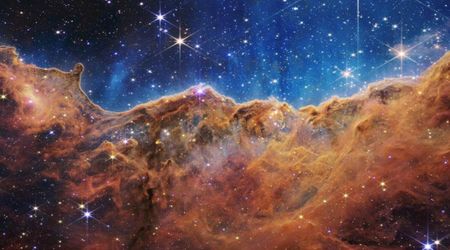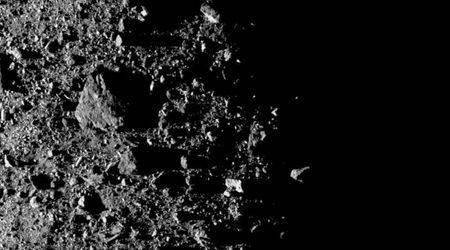Breakthrough discovery reveals the origin of hypervelocity white dwarfs racing through space at over 2000 km/s
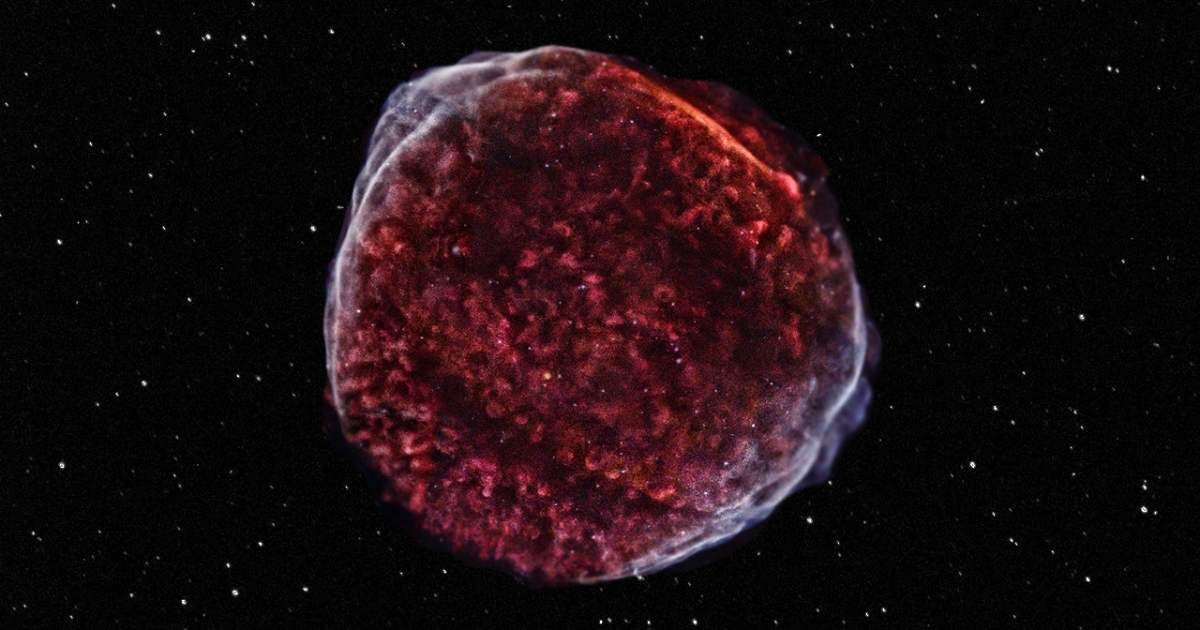
A new study has unveiled a cosmic origin story for some of the fastest stars in the Milky Way: hypervelocity white dwarfs, or HVWDs. Researchers now believe these stellar remnants, which can travel at speeds over 2,000 kilometers per second, are the high-speed survivors of a rare type of supernova explosion, according to Technion – Israel Institute of Technology.
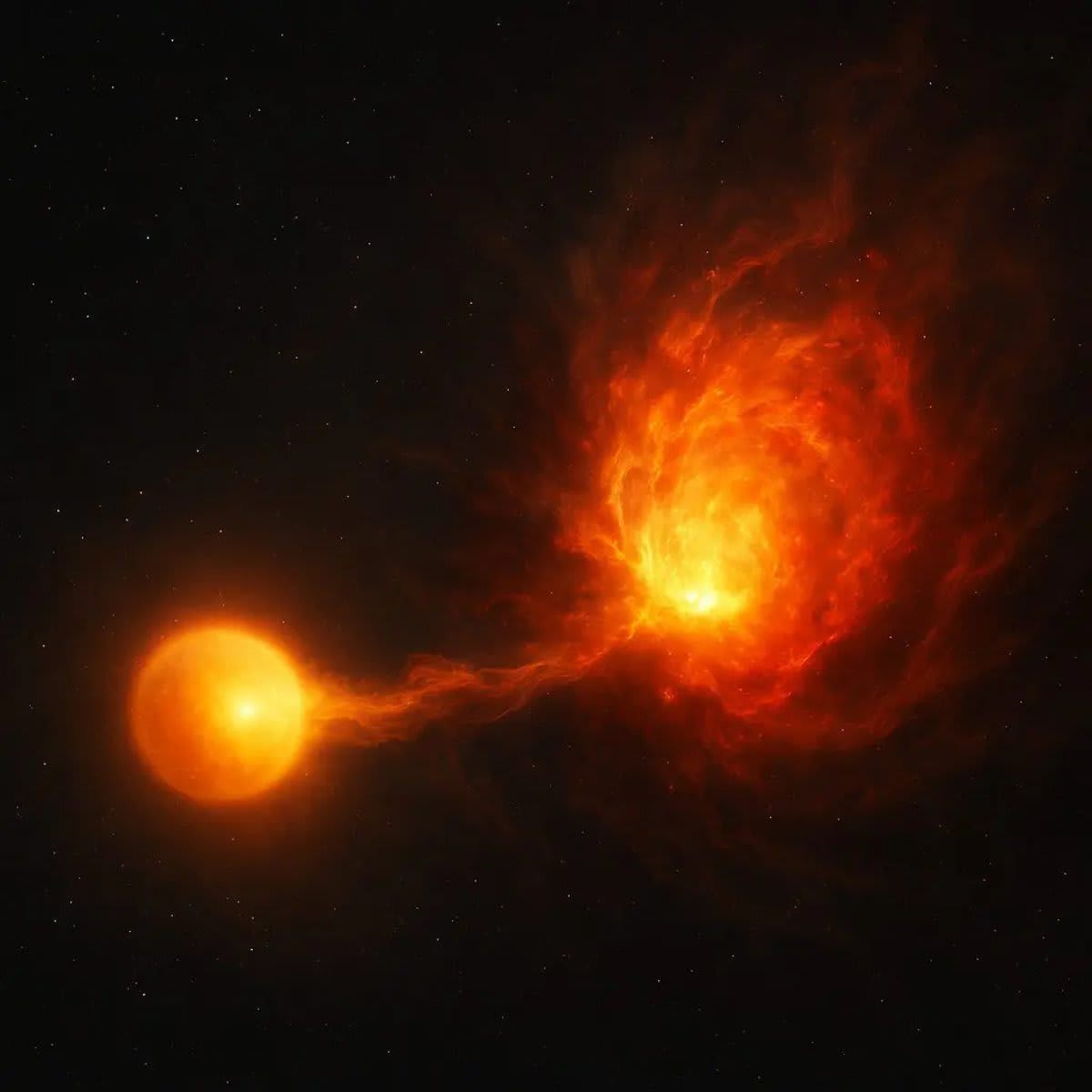
Published in Nature Astronomy, the research team, headed by Dr. Hila Glanz of the Technion – Israel Institute of Technology, used advanced three-dimensional simulations to model the merger of two hybrid white dwarfs. The simulations showed a dramatic event in which a larger white dwarf detonates while consuming its smaller companion. This explosion, a type of double-detonation supernova, not only destroys the larger star but also propels the smaller star's surviving core across the galaxy at a velocity high enough to escape the Milky Way's gravitational pull.
“This is the first time we’ve seen a clean pathway where the remnants of a white dwarf merger can be launched at hypervelocity, with properties matching the hot, faint white dwarfs we observe in the halo,” Dr. Glanz stated. She added that this new model explains both the extreme speed and the unusual characteristics of known HVWDs like J0546 and J0927.
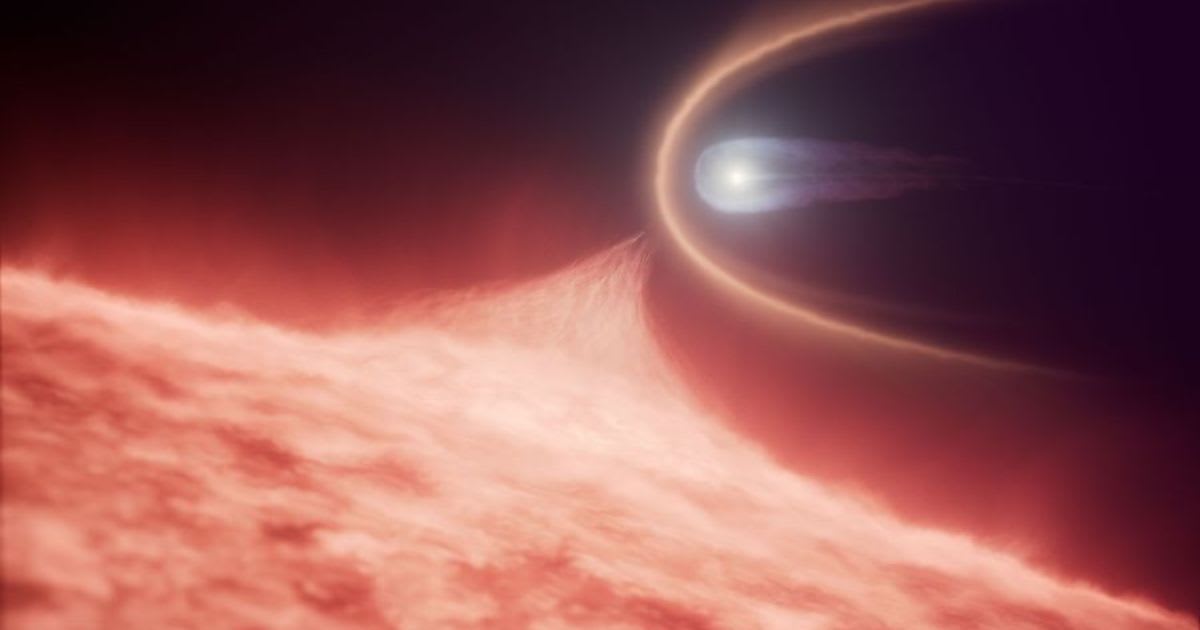
The findings also provide a fresh perspective on faint Type Ia supernovae. These explosions are vital for measuring the expansion of the universe and understanding element formation in galaxies. "This discovery doesn’t just help us understand hypervelocity stars — it gives us a window into new kinds of stellar explosions," explained co-author Prof. Hagai Perets. The research, which was a collaboration between the Technion, Universität Potsdam, and the Max Planck Institute for Astrophysics, may help uncover more of these high-speed stars as new data from future surveys becomes available.

These discoveries expand our understanding of how stars evolve and die, offering new insights into the violent cosmic events that shape our galaxy. By studying these stellar remnants, scientists can better measure the universe’s expansion and understand how elements crucial to life are formed.
Complementing this finding, astronomers using the Hubble Space Telescope have identified a new category of ultra-massive white dwarfs, offering compelling evidence that stellar mergers are more common than once believed. This groundbreaking discovery, also detailed in Nature Astronomy, introduces a class of dense stellar remnants formed not through the typical single-star evolution but from the violent collision of two stars.
Hubble spotted an unusual star 128 light-years away.
— Hubble (@NASAHubble) August 13, 2025
With its unique ultraviolet capabilities, Hubble determined this star is a rare ultramassive white dwarf, made up of merged stars: https://t.co/2Hp1LBjUBC
Find out more about this star's intriguing atmosphere in this video ⬇️ pic.twitter.com/k5Bzy1LSE0
One such object, WD 0525+526, located 128 light-years away, initially appeared to be a normal white dwarf. However, a closer analysis using Hubble's Cosmic Origins Spectrograph revealed its true nature. The team found carbon in the star’s atmosphere, a key indicator of its formation via a merger. While most white dwarfs have atmospheres composed of lighter elements like hydrogen and helium, a merger can strip away these layers, exposing elements from the core. This is the first time an ultra-massive white dwarf has been identified as a merger remnant solely based on its unique ultraviolet spectrum, providing a new window into how these peculiar celestial bodies are formed.
More on Starlust
NASA’s James Webb Telescope discovers evidence of a black hole formed without a supernova explosion
Astronomers unveil exceptionally powerful high-resolution spectrograph to find red dwarf planets





